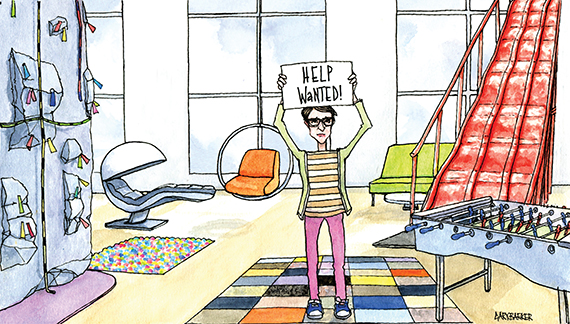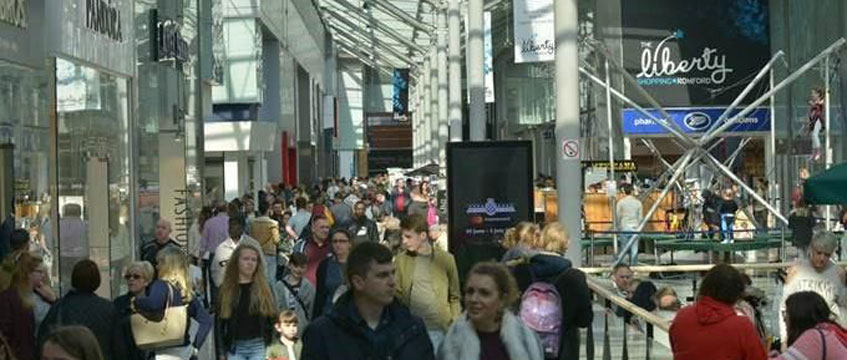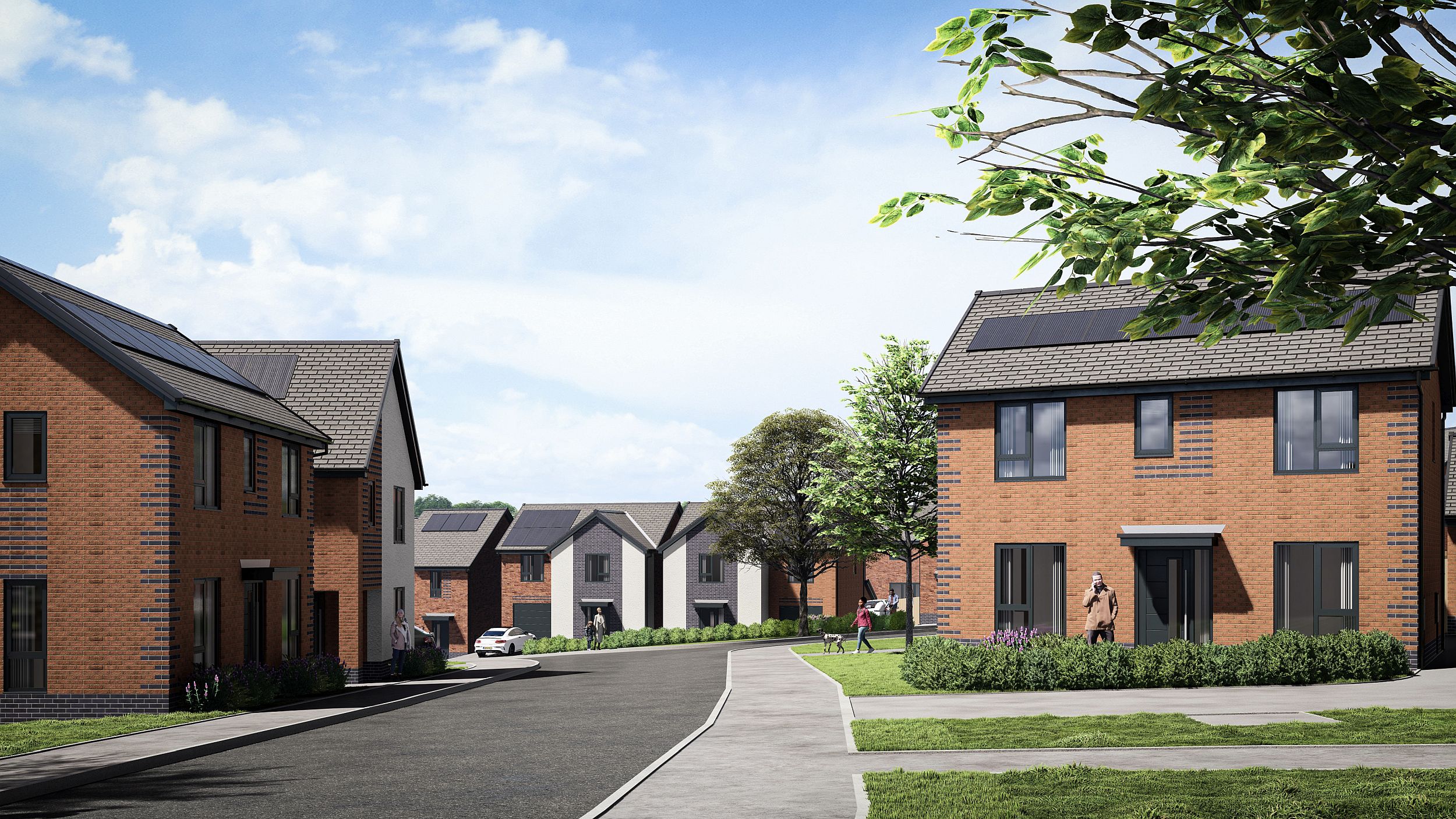An article came out this week about the 10 coolest workspaces in London. They were highly desirable offices. It caused me to think about how the tech economy has consistently demanded high-quality design. Design-led thinking was initially adopted by digital pioneers such as Google and Apple, but increasingly the same mentality is permeating all industries.
Looking at the money being spent in Silicon Valley on the new Apple campus, or Facebook’s HQ, or Google’s redesign of Mountain View, there is a move to a cathedralisation of tech workspace. Architect friends of mine are unnerved. In a pool of billionaires, there are no reference points for restraint.
In order to attract the best tech talent, firms must create an environment where employees are stimulated, soothed, entertained, inspired, comfortable, able to create valuable ideas and feel that the office is not a mere “workplace”.
Dave Eggers’ book The Circle describes a dark utopia of a tech office campus from which it is too much effort to leave and live in the “real world”. Can it really be that the tech industry will provide us with the new city builders?
The tech industry and the property industry create product differently. The tech industry draws up a concept and throws it away, builds models, tests, refines and ultimately deploys. The property industry prefers to design a well-thought-out structure in one go, get approval for it, and build it. Simple. But these two ideologies make for uncomfortable bedfellows.
When the world believes that to create a tech space, it must be overspecified, then we arrive in a territory of overdesign, which is a function of cost. I talk to a lot of developers that want tech occupiers – but what they often mean is they want tech corporates. Covenant and investment returns require stable, well-funded occupiers that can pay rent, stay for a long time, attract talent and bring a brand that reinforces the identity of the building.
But most tech companies are start-ups with a nascent product or service, little capitalisation, and still compete for talent with the larger companies with highly appealing places. So, to compete, earlier-stage firms are increasingly drawn to highly designed serviced space such as WeWork or Second Home.
A lot of the cost that is added to nurturing a tech firm is being spent on design. And yet there is little proof that the ideas that are tech companies’ lifeblood are created in a highly designed workspace. It is more about dwell time, collaboration and talent attraction than idea creation.
In a conversation with an architect last week, we decided most of our creative thinking happens outside the office – the opposite of what the industry would have us believe. It happens in the bath, walking, cycling, fishing, you name it.
If the design industry is in an arms race to out-design one another to attract tech talent to offices, then we’ve already seen aquaria, butterfly farms and indoor cycle tracks. It begs the question: as attractions become more controversial, will its ultimate attempt to attract talent include space for walking pet alligators to stimulate thinking? Not if a tech bust has anything to do with it.
 Juliette Morgan is a partner at Cushman & Wakefield and head of property, Tech City UK
Juliette Morgan is a partner at Cushman & Wakefield and head of property, Tech City UK












